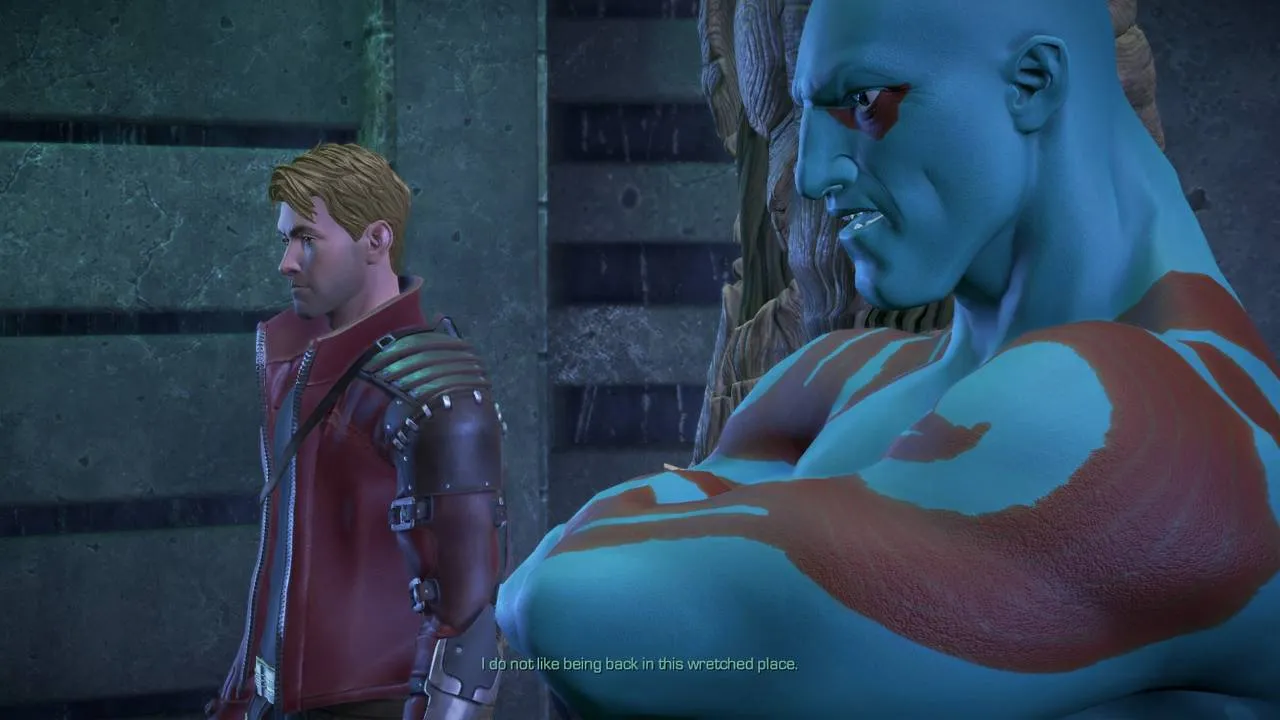
Marvel’s Midnight Suns: A Tactical RPG Review
Contents
Superhero games have seen a mixed bag of releases recently, ranging from incredible hits to disappointing misses. Marvel’s Midnight Suns, a tactical RPG developed by the renowned Firaxis Games (creators of XCOM and Civilization), enters this crowded arena. Does it join the ranks of superhero gaming greats, or does it fall short? This review delves into the strengths and weaknesses of this unique Marvel experience.
 Marvel
Marvel
Marvel’s Midnight Suns begins with the villainous Hydra scientist, Dr. Faustus, resurrecting Lilith, the Mother of Demons, to enact a catastrophic plan. Iron Man, Dr. Strange, Captain Marvel, and Scarlet Witch confront Lilith but are ultimately defeated. Seeking a tactical advantage, they turn to the Midnight Suns, a team specializing in mystical combat. The key to defeating Lilith lies with The Caretaker, leader of the Midnight Suns and Lilith’s sister, who also guards the body of The Hunter, Lilith’s child and the prophesied hero destined to defeat her. Players take on the role of The Hunter, customizable in both appearance and gender, and join forces with the Midnight Suns, Avengers, and other heroes to thwart Lilith’s plans.
Engaging Tactical Combat
 Marvel
Marvel
Midnight Suns’ card-based combat system is engaging and challenging, particularly at higher difficulty levels. While the element of chance plays a role in card draws, strategic thinking is paramount. Players must maximize the effectiveness of their hand each turn, choosing from a diverse array of cards that offer attacks, healing, buffs, debuffs, area-of-effect strikes, and more.
 Marvel
Marvel
The combat effectively captures the supernatural power of the characters. Attacks are visually impressive, showcasing powerful movements and dynamic effects. Beyond card-based abilities, environmental interactions add another layer of strategy. Players can use objects as weapons, knock enemies into explosive barrels, or even force them to attack each other.
Enemy design also contributes to the tactical depth. Minions, lacking health bars, are dispatched with single attacks, while tougher Elites require more strategic approaches. This distinction encourages creative solutions, such as using Dr. Strange’s magic to hurl a minion into an Elite, dealing damage to both.
 Marvel
Marvel
Mission objectives vary beyond simple enemy elimination. Some require rescuing civilians, while others involve disarming bombs or quickly eliminating specific targets, adding variety and strategic wrinkles to each encounter.
Deep RPG Elements
 Marvel
Marvel
Firaxis Games excels in creating a strong sense of role-playing through The Hunter. Beyond customizing appearance and abilities, players shape The Hunter’s personality and relationships. Awakening after centuries, The Hunter must navigate interactions with unfamiliar heroes, learning their backstories and building relationships.
 Marvel
Marvel
Strengthening these bonds through dialogue choices, shared activities, training, and gifts unlocks new abilities and costumes, including powerful team-up moves. Reaching maximum friendship unlocks a character’s ultimate ability, reminiscent of the Persona series. This system encourages players to understand their team to become an effective leader.
Dialogue choices present Light and Dark options, influencing The Hunter’s personality and playstyle. Light options align with classic heroic ideals, while Dark options lean toward a more morally ambiguous approach. These choices affect combat abilities, with Light favoring support and Dark emphasizing damage at the cost of health. Interestingly, the optimal choice isn’t always clear-cut, requiring careful consideration of each character’s personality.
 Marvel
Marvel
Tedious Abbey Activities
 Marvel
Marvel
Midnight Suns’ biggest flaw is the excessive time spent at The Abbey, the player’s base. Between missions, players explore The Abbey, gather items, interact with heroes, upgrade cards, and customize the base. The sheer volume of activities feels overwhelming, like a never-ending to-do list. This, coupled with relatively short mission lengths, creates an imbalance, with a significant portion of playtime dedicated to non-combat activities.
 Marvel
Marvel
While these activities become technically optional after the initial tutorial, their direct impact on combat effectiveness makes them feel mandatory. While building relationships is enjoyable, the constant need to manage numerous activities disrupts the pacing. Additionally, some of The Hunter’s dialogue feels generic and forced, and the character interactions lack deeper personal conflicts that could further develop relationships and character arcs.
Technical Shortcomings
 Marvel
Marvel
Midnight Suns suffers from technical issues and optimization problems. Crashes after saving, frequent frame rate drops, low-resolution pre-rendered cutscenes, excessive RAM usage, and inconsistent character model quality detract from the overall experience. While these issues are likely to be addressed in future patches, their presence at launch is disappointing.
Conclusion
Marvel’s Midnight Suns offers a unique and engaging tactical RPG experience within the Marvel universe. Its compelling card-based combat, deep RPG elements, and intriguing story are significant strengths. However, the overwhelming amount of Abbey activities and technical shortcomings hold it back from reaching its full potential. Despite these flaws, Midnight Suns is a worthwhile experience for fans of tactical RPGs and Marvel alike.





Comments (0)